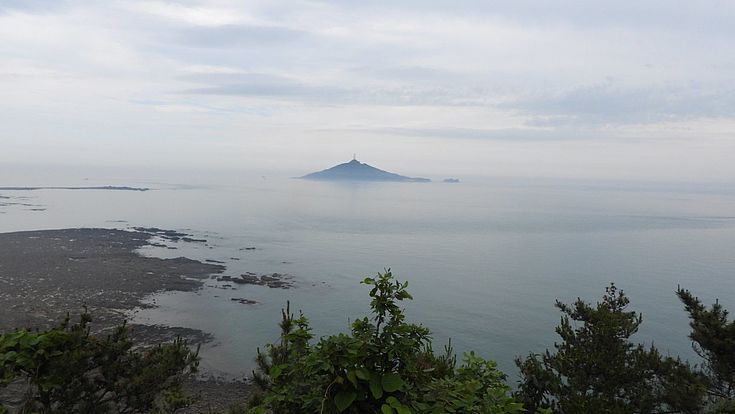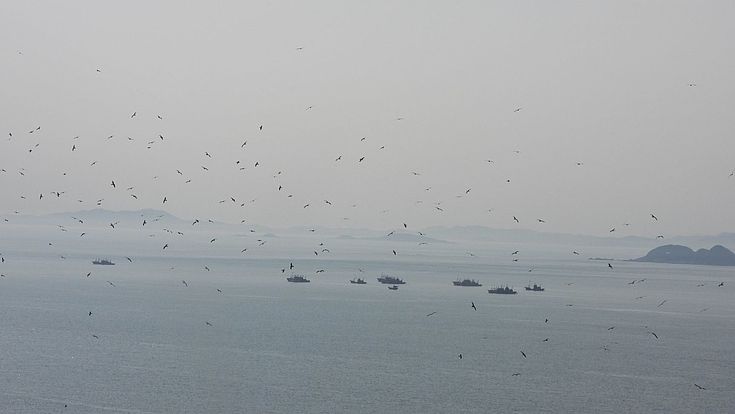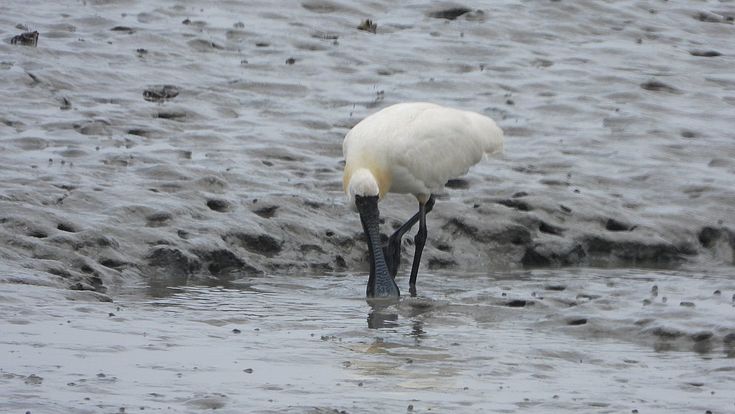Excursion
Visit to Yeonpyeong Island

Yeonpyeong is one of the far outlying islands which became a part of South Korea due to the frontlines of the Korean war, while being geographically much closer to the North Korean mainland. With 2200 inhabitants on 6 square kilometers of land it is not very big. It received a sad reputation of conflict, since here in 1999 and 2002 two naval battles between North and South Korea took place, and in 2010 North Korea, allegedly under the direct supervision by Kim Jong-Un, shelled the island, leading to the death of two civilians.

During a visit to the island Dr. Seliger and Dr. Choi carried out a short environmental survey. Like most areas close to the border, the island is important for biodiversity in Korea, among others as a habitat for the endangered species Blackfaced Spoonbill and Chinese Egret, but also with breeding colonies for thousands of Black-tailed gulls, a national monument, and for hundreds of Great egrets.

Political tensions on the island were tangible, with South Korean authorities fighting the constant illegal intrusion by Chinese fishing boats and the military engaged in shooting training. At the same time, the island prepares for increased border tourism and eco-tourism, among others with the opening of a new observatory. During a workshop with journalists and academics the future of inter-Korean cooperation in the times of increasing tension from the North were discussed.
